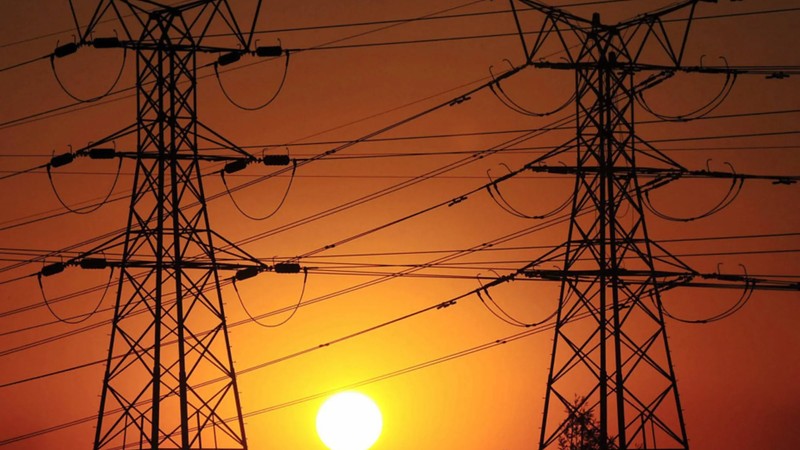A look into the future of South Africa' s energy
South Africa’s Integrated Resource Plan (IRP) 2025 promises to transform the nation’s electricity sector, prioritising renewable energy and gas while reducing dependence on fossil fuels. Minister of Electricity and Energy, Kgosientsho Ramokgopa, confirmed that, for the first time, clean energy will outpace fossil fuels, aiming to end load shedding and reduce costs.
Dan Marokane, Eskom Group Chief Executive, welcomed the plan, highlighting the utility’s role in providing baseload capacity to support renewable energy growth.
“The IRP 2025 is not merely a policy update, it is a clear investment roadmap. It signals a focused pathway to reach Net Zero inclusively and provides the opportunity for Eskom to play its role fairly and compete in a reformed electricity supply industry.”
Professor Vally Padayachee, a former Eskom executive, emphasised the rationale for modular nuclear reactors and the transitional role of gas in the energy mix.
“The potential reintroduction of modular nuclear reactors especially small modular nuclear reactors (SMRs) is a strategic decision rooted in the need for reliable, stable baseload power generation. Nuclear energy is also required to achieve these ‘green’ net zero targets.”
He added that gas, alongside wind and solar, serves as a necessary bridge in the country’s energy transition:
“The IRP’s new emphasis on gas, alongside renewable sources like wind and solar, represents a transitional but necessary approach to energy generation in South Africa. In a context where renewables like wind and solar are naturally intermittent, gas serves as flexible backup power, helping to stabilize the grid.”
Padayachee also highlighted the critical role of private investment.
“Large-scale private renewable projects are pivotal in the successful realization of both energy and decarbonization targets in South Africa. By promoting private investment through incentives and a clear regulatory framework, we can unlock the financial resources needed for innovation and expansion in the renewable sector.”

Professor David Walwyn, from Pretoria’s Graduate School of Technology Management, raised concerns about nuclear and gas reliance. On nuclear, he said:
“I cannot imagine why South Africa would want to resuscitate the PBMR. All the expertise has dissipated, and it will take years to rebuild the project. Small module reactors (SMR) have been in the pipeline for decades and there are still no commercial facilities outside Russia and China… Base load can be equally supplied at much lower cost using renewables and battery storage.”
“The main issue with gas is that South Africa does not have any gas.Why plan on gas when it is just a stopgap?”
He also addressed the growing role of private renewables. “The growing affordability of large-scale renewable energy will accelerate a transition from a centralised to a decentralised energy system. The one thing we know is that the demand for electricity will increase. What we don’t know is who will supply it.”
Walwyn warned that the IRP will end load shedding but could introduce other challenges.
“Load shedding, or energy reliability, will no longer be an issue, should the plan be implemented as outlined. Instead, it will be replaced by issues of energy affordability (or lack thereof) and energy security (dependence on imports). I suggest that we drop nuclear and gas, build more pumped storage and invest in local battery storage technologies.”
Private renewable projects are already gaining momentum.
Red Cap Energy and Anthem are joining forces to build a 720-megawatt wind farm in the upper Karoo, Western Cape. The Nuweveld Wind Farm, comprising three 240MW sites, has secured approval from the National Energy Regulator (NERSA) and a 100-kilometre transmission line to connect it to the grid. Expected to start operating in late 2028, it comes at a crucial time as ageing coal-fired power stations are set to close.
Red Cap CEO Mark Tanton said wind energy can provide clean, cost-effective power, helping South Africa meet peak demand and reduce reliance on coal. The project strengthens the Western Cape’s private renewable energy sector, now second in the country for registered capacity after Limpopo.
Both experts agreed that private renewable projects will be critical to the country’s energy transition. While Padayachee emphasised the IRP’s historic potential, Walwyn cautioned that ending loadshedding could bring new challenges, including higher costs, import dependence, and pressures to meet Net Zero targets.
tracy-lynn.ruiters@inl.co.za

